Top 10 Interesting Facts about Belgium
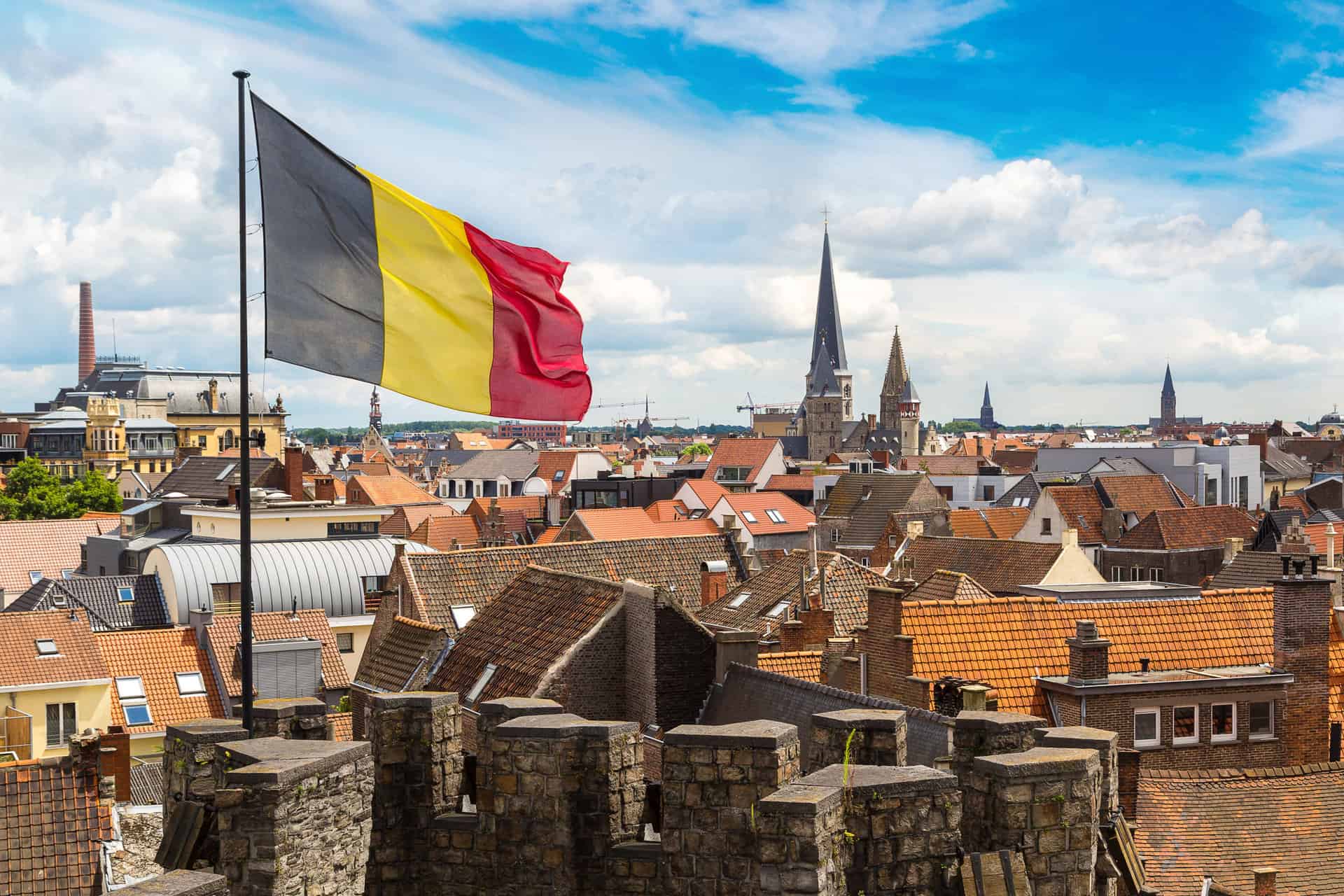
Updated On: November 08, 2023 by Ciaran Connolly
Did you know that Belgium became an independent state on October 4th 1830? A country located in Western Europe famous for its chocolate, waffles and beer production, as well as its medieval architecture and rich culture, has so many more interesting facts. In this article we will cover our top 10 interesting facts about Belgium (that you may not know).
- Etymology of the name
- Celtic Warriors the Gauls
- Official language of Belgium
- World’s Smallest City
- World Record Breaker
- Nouveau Art in Belgium
- Founding Members of the EU and NATO
- Belgian Culture and Cuisine
- Famous People You Didn’t Know Were From Belgium
- The Longest Bar in the Europe
- Bonus Fact!
Facts about Belgium: #1 Etymology of the name
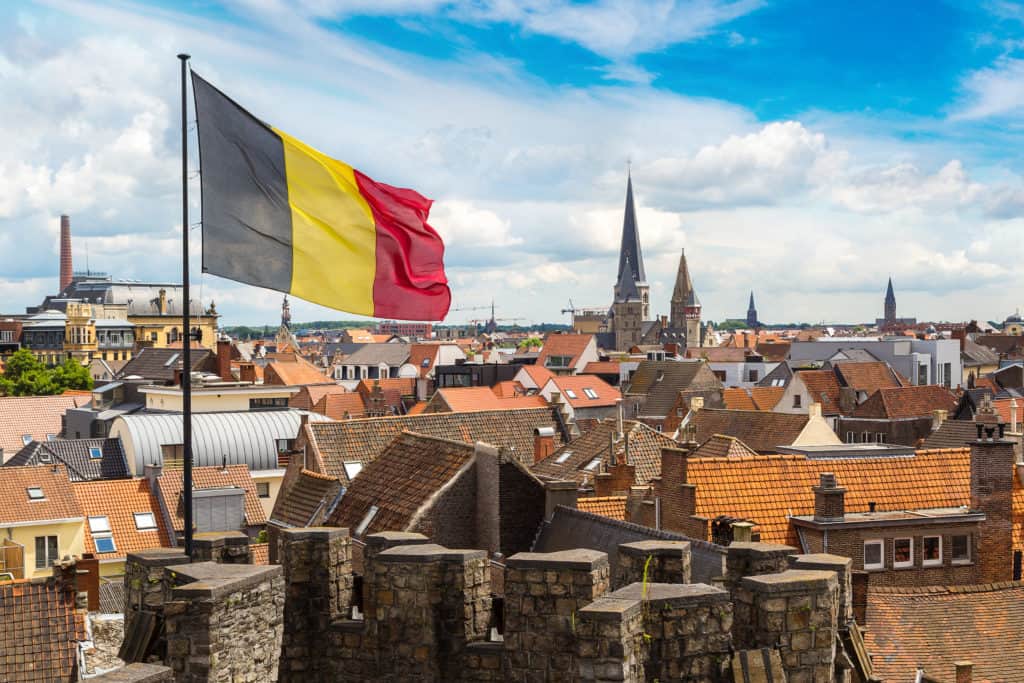
To kick offour list of facts about Belgium, we thought it best to start from the beginning; the origin of the country’s name. Belgium’s name originates from one of the earliest known tribes that settled in modern day Belgium and parts of Northern France, The Galliga Belgica. The Romans recognised the cultural differences of the Belgica Gauls – their unique language, laws and customs- and so they called the province ‘Belgae’.
The origins of the name of Belgium can further be explained, Belgae is believed to have derived from the Celtic words Belg and Bolg which means to swell with anger. The Romans recognised that the Gallia Belgica tribe were the most difficult to conquer; they were fierce and brave and even after being conquered, resisted and revolted the Roman empire.
Facts about Belgium #2: The Gauls/Galliga Belgica
Continuing on our list of facts about Belgium, we are discussing one of Belgium’s most ancient tribes; the Gallia Belgica. The Gauls were Celtic people who lived during the Iron and Roman Age. They called themselves Celts, it was actually Jullius Caeser who called them the Gaili or Gaul tribe.
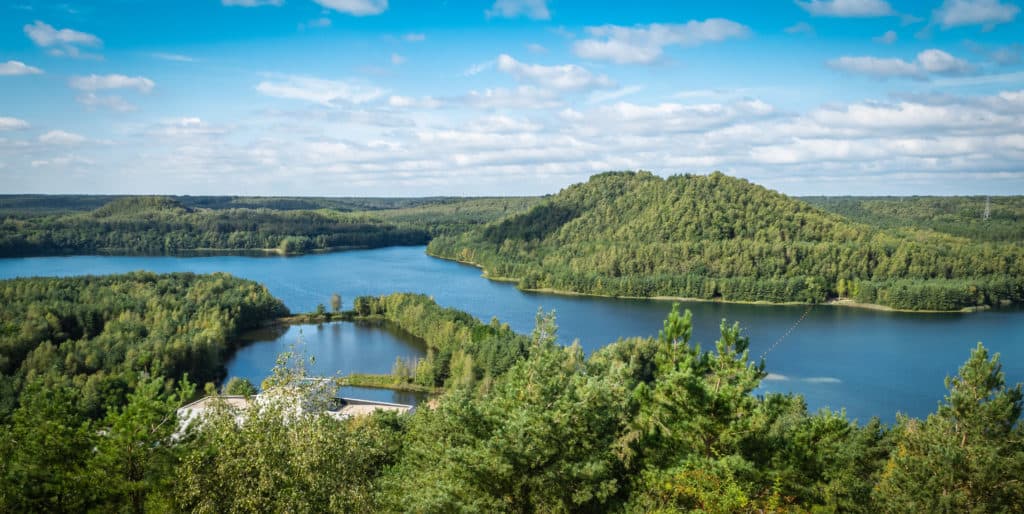
Much of what we know about the Gaul comes from the Ancient Roman Empire, who sought to take over the land. Julius Caeser, leader of the Roman empire came to conquer the larger tribe of the Gauls. The Gaul region was comprised of three distinct tribes, the Gallia Belgica, Gallica Celtica and Aquitania. The Gallia Belgica was the most northern Region and was comprised of Modern day Belgium as well as Northern France and parts of Luxembourg, The Netherlands and Germany.
The Gallia Celtica occupied what is now known as parts of France, Switzerland, Luxembourg and parts of Western Germany, while Aquitania was part of present day South-West France.
This Celtic-Germanic influence made the Belgica tribe notably distinct from others in the Gaul region. Caeser noted they were distinct in their language, laws and customs.
Facts about Belgium #3: The Official language of Belgium
Belgium (fittingly the third item in our list of facts about Belgium,) has three official languages, French Dutch and German. Belgium is called ‘de Belgique’ in French, ‘Belgien’ in German, and ‘België’ in Dutch or Flemish. English is also widely spoken throughout the country, especially in tourist areas and the capital city Brussels where many EU workers are based.
You may be wondering exactly why Belgium has 3 official languages. Geographically, Belgium is located beside France, Germany and The Netherlands and before its independence, it was controlled and influenced by these countries at different times.
Simply put some parts of modern day Belgium speak Flemish or Dutch (60% of population) such as the Flemish community found mostly in northern regions of Belgium such as Flanders. Other locations such as the southern Wallonia region speak French (40%) while some in the Eastern province of Liege speak German (less than 1% of population).
This is a oversimplification of course, as many people are multi-lingual and cities such Brussels are multicultural and diverse, however it is interesting to examine how neighbouring countries have influenced the primary language in a region.
Facts about Belgium #4: The World’s Smallest City
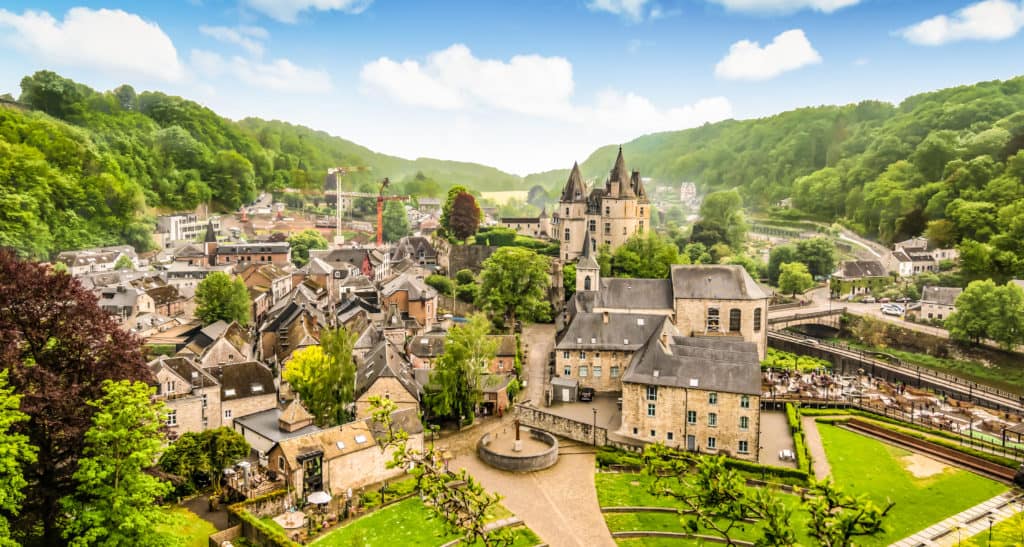
Durbuy in Belgium is a fine contender for the smallest city in the World and is one of our favourite facts about Belgium. A prosperous medieval town, Durbuy was elevated to city status in 1331 by John I, Count of Luxembourg. In the Low Countries -Belgium, Luxembourg and the Netherlands– towns were granted city status during the medieval period, which allowed certain privileges.
The reason for this is that feudal landlords had financial problems, so they decided to allow towns to buy back ‘freedoms’ to ease their financial woes. Durbuy was one of these towns and enjoyed the benefits of being a city, such as a defensive barrier constructed around them, the ability to trade and other personal freedoms.
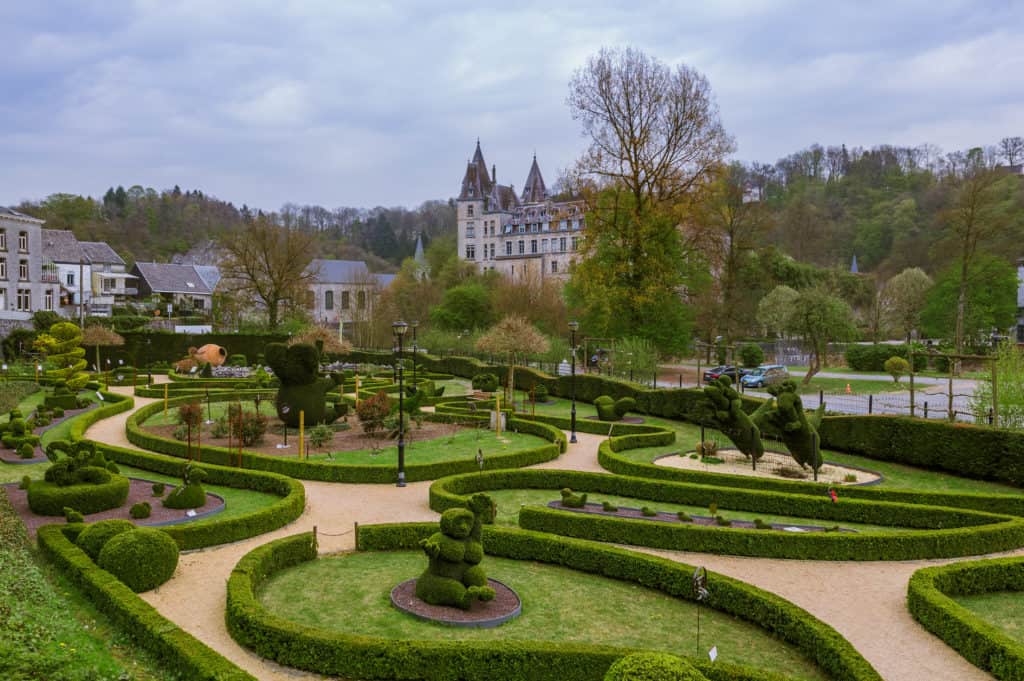
Today Durbuy is proud of its city status, and with only 400 inhabitants in the small town, they claim to be the smallest city in the world! Apart from this interesting fact, Durbuy is a popular destination, for its charming medieval architecture; stepping into the town feels like you are in fairy tale. Beautiful nature surrounds the town adding to its charm.
Facts about Belgium #5: World Record Breaker
Definitely one of the most absurd facts about Belgium on our list is the country’s unusual world record. In 2011 Belgium made history as the longest period of time in which a country has went without an elected government after 589 days.
If you think that’s Interesting, Belgium broke their own record again in 2020; this time it took 644 days for a federal government to be formed!
Facts about Belgium #6: Art Nouveau in Belgium
As we have passed the halfway point on our list our facts about Belgium, we decided to look at why Belgian architecture is so unique. Belgium has arguably the best display of the Art Nouveau style in the world. Art Nouveau is a French term that means New Art in English. Art Nouveau was implemented in everything from fine art, to architecture and even applied art. Its aim was to modernize art and bridge the gap between fine art and everyday or applied art, such as furniture, product design and interior decoration.
The style encompasses natural floral and stem motifs to create flowing tendrils or a curved line effect, that frames pieces of art and buildings in an abstract yet satisfying way. Art Nouveau was all about implementing elements of the natural world to creative cohesive, ‘flowing’ styles. It was also distinct in its willingness to embrace modernity, by using untraditional means and materials to create the art.
Art Nouveau became an established style from 1890-1910. During the two World Wars many Art Nouveau styled buildings were destroyed and lost forever. Even before the first World War, Art Nouveau had been replaced by Art Décor. The result of these two factors is that the style of Art Nouveau is a scarce.
Fortunately many Art Nouveau architectural styles can be found in Belgium, particularly in Brussels. Hôtel Tassel and Hôtel Slovay, designed by Victor Horta and are considered to be prime examples of the Art Nouveau architectural style. The two hotels have become UNESCO world heritage sites, ensuring their preservation.
Facts about Belgium #7: Founding Members of the EU and NATO
Many of us know that Belgium are members of the EU and NATO, but did you that they were founding members of both organisations? Another worthy contender in our top historical facts about Belgium, the role the small country has played on a global scale is indisputable.
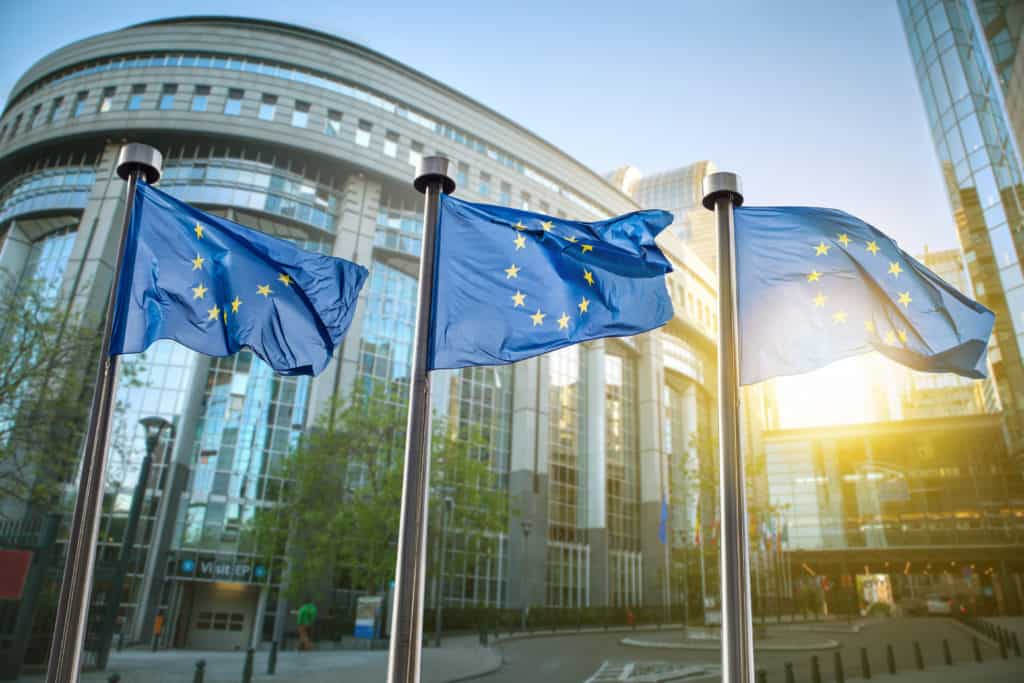
Belgium is one of 6 founding members of the EU, and is often called the ‘heart of Europe’. Belgium’s capital Brussels is considered the de facto capital of the European Union by many as it is home to many important European Union buildings, such as The European Parliament, The Council of the European Union and the European Commission to name a few
NATO was founded in 1949, Belgium being one of 12 of the founding members.
Facts about Belgium #8: Culture and Cuisine
Belgian Fries
You can’t talk about facts about Belgium without mentioning food, but did you know that one of the most popular fried foods in the world originated in Belgium? When American soldiers stationed in a French-speaking part of Belgium tasted fries (or frites/chips as they’re also known) for the first time, they believed themselves to be situated in France. They nicknamed the dish ‘French fries’, and so one of Belgium’s most iconic foods would forever be thought of as a French creation.
Legend has it that the original idea for frites came from locals in Liège. People would catch fish by the river and fry them, however during the Winter the lake would freeze over, and the absence of fish led to potatoes being fried instead.
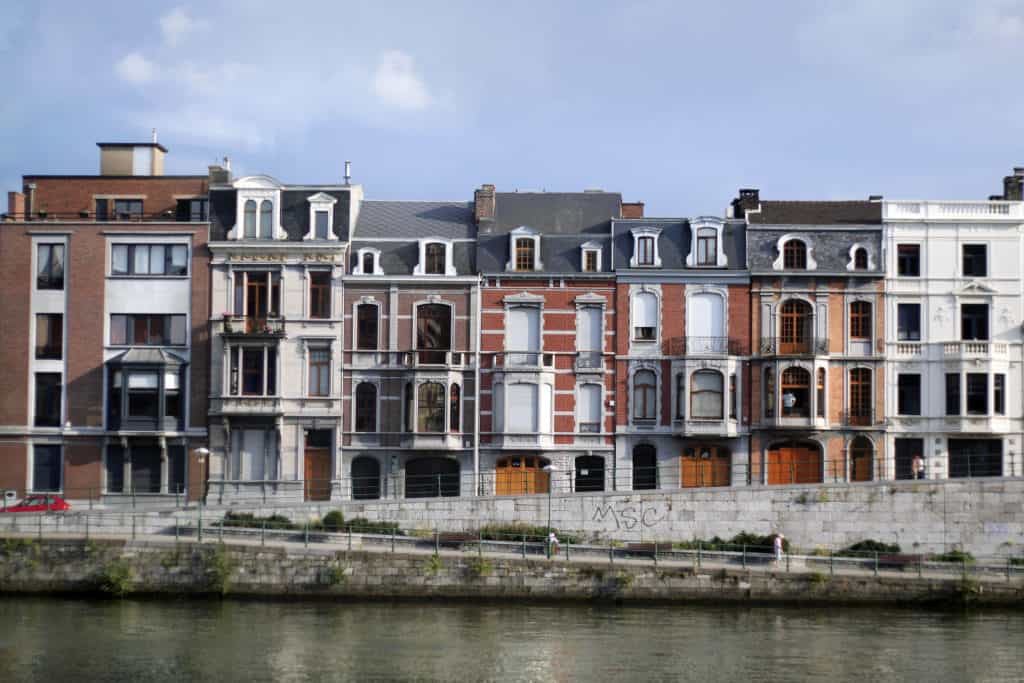
Would you like to try Belgian fries? You can see the recipe in the video below!
Belgian fries are distinctly crispy, fried twice for even more flavour and traditionally served with mayo. Frites are held so dearly in Belgium that they have been declared as part of the UNESCO cultural heritage!
Facts about Belgium #9: Famous Belgian People You Should Know About
Any list of facts about Belgium is incomplete without mentioning some of the people who were born or lived there. In this list we have included famous and highly influential people, you may be familiar with their work but may not know of their Belgian roots.
Audrey Hepburn
Did you know that Audrey Hepburn, Hollywood icon was born in Belgium? The international movie star, fashion icon and humanitarian was born in Brussels in 1929. Hepburn was fluent in six languages; English, Dutch, French, Spanish, German and Italian. She lived in many places around the world and survived WWII.
After starring in movies such as Breakfast at Tiffany’s and My Fair Lady, Hepburn went on to devote her life to humanitarian work, working closely with UNICEF. She received the United States’ highest civilian award, the Presidential Medal of Freedom, in 1992
Adophe Sax
One of the most intriguing facts about Belgium is about the life of the saxophone inventor Adolphe Sax. Born in Belgium, Adolphe invented the saxophone in Brussels and patented his invention. His skill in making the saxophone was unparalleled, even when the patent was up, people spent years failing to achieve the same quality that Adolphe had achieved; even his children could not replicate it to the same standard.
Adolphe had an interesting life, avoiding many close calls with death, from childhood illnesses to his workshop being burnt down and even surviving an attempted assassination. Sax survived many life threatening events and would eventually die of old age.
bonus fact: His saxophone was banned in churches by the Vatican!
George Lemaître
Georges Lemaître is credited with discovering the modern Big Bang Theory in 1931. Not only a brilliant scientist Lemaître was also a devout Catholic priest who deeply believed in both science and religion. He did not try to make the sense of the two together, instead he kept his convictions entirely separate, respecting the importance of each to him.
Considering the importance of his work, there is no doubt in our minds that George Lemaître and his scientific theory deserves a place in our list of facts about Belgium.
Gotye
Wouter André “Wally” De Backer was born 21 May 1980 in Brussels, before the family moved to Australia 2 years later. One of his most famous songs ‘Somebody That I Used To Know‘ has been certified 14x Multi-Platinum.
The song won 2 Grammys for best pop duo/group performance and Record of the Year as well as the album Making Mirrors, winning best Alternative Music Album in 2013. At the time of writing, The official music video for ‘Somebody That I Used To Know’ has over 1.9 BILLION views on YouTube alone!
Facts about Belgium #10: The Longest Bar in Europe
One of the most exciting facts about Belgium that made the list is that the largest bar in Europe is found in Leuven, just outside of Brussels!
The Old Market Square or Oude Markt is famous for being the longest bar in Europe. The bar is comprised of multiple pubs, restaurants and cafés side by side of each other. As Leuven is a university town, the Oude Markt has a lively atmosphere, with many Belgian and International students going there to relax at the weekend.
Why not take a 360 degree tour of the Oude Markt?
Inbev’s Stella Artois brewery is also located in the city guaranteeing that most of your favourite beers will be available on tap. With nearly 50 different bars on one street, you may need longer than a weekend to visit them all!
Bonus Fact!
There were so many interesting facts about Belgium that we just had to include one more! Our Bonus fact is all about Belgium’s love of comics.
Statue of a Smurf in Belgium.
From the Adventures of Tintin to the Smurfs, some of our most favourite characters were created in Belgium. Brussels in particular has a longstanding history of creating comic strips and characters, so much so that large murals of iconic characters can be seen all around the city; a memoir of sorts to the city’s famous illustrations and the artists who created them.
Pictured above is a mural of Tintin, his faithful companion Snowy and Captain Haddock, no doubt on some wild adventure!
During WWII, American comics were banned in German occupied France and Belgium, giving rise to a surge in Franco-Belgium comic creations, such as Belgian magazine Spirou. The Comic Strip Route recognises the achievements of Belgian artists. It is a great way to spend time in Belgium, taking in the culture of the city for free of charge.
Iconic characters such as Tintin and the Smurfs were created by Belgian artists George Remi (under the pen name Hergé) and Piere Culliford respectively.
Has this article peaked your interest in Belgium? If so, why not check out our article on the best things to do in Belgium, broken down city by city for the perfect trip! We’ve also recommended the cities you have to visit if you’re on a tight schedule.
Did you know all of the facts about Belgium that we listed? Have we missed any other interesting facts about Belgium (There were so many that it was hard to choose just 10!), if so please let us know in the comments!






